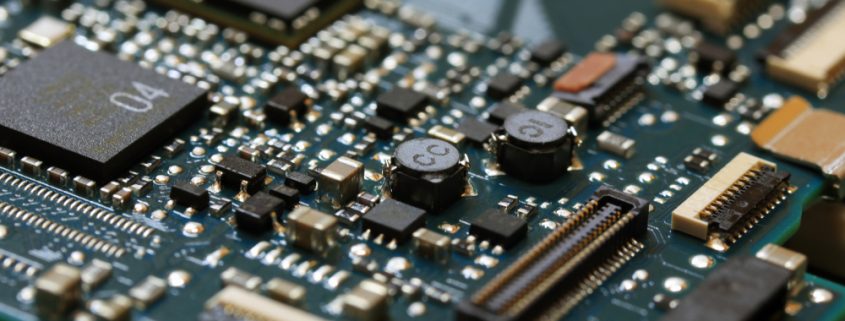Combining Analog and Digital ICs for Mixed Signal ASIC Design
Over the years, the most innovative companies around the world have tapped the potential of applied specific integrated circuit (ASIC) solutions. In fact, the industry has capitalized on mixed-signal ASIC design and products as it understands the needs of the customers.
Perhaps you have already encountered the term mixed-signal ASIC design. Well, that is because it can be found everywhere nowadays, particularly in smart mobile devices. This is an integrated circuit containing both analog and digital circuits on a single semiconductor die.
At the same time, it processes both analog and digital signals. For instance, one example of a mixed-signal circuit is the analog-to-digital converter. This type of system or circuit is an example of a cost-effective solution to build any modern consumer electronic applications.
Chip Design
The design and manufacture of mixed-signal ASIC design are more difficult in comparison with analog-only or digital-only integrated circuits. One of the notable differences is that it is more efficient because it shares a common power supply with its analog and digital components. However, it would be an essential goal in chip design as its components have different power needs and consumption characteristics.
Lowest Risk Path
In terms of cost reduction, ASICs and highly integrated system-on-chip solutions are advantageous and can increase the performance providing the lowest risk path to success. This is because it uses an extensive library of proven circuit IP so that it can speed up projects.
Optical Chips
The industry has developed image sensor chips and ICs for different sensor applications. This will provide high sensitivity, fast image updates, and low power consumption. This smart single-chip optical system has been integrated across various industrial environments, which includes data communication via RF links, IoT, motion and luminance detection, and object tracking.
This employs minimal image resolution required for each application. At the same time, it works together with smart software algorithms to integrate image sensing capabilities into optical sensor solutions with or without battery.
Advantages of Combining Analog and Digital ICs
Mixed-signal ASIC design provides engineers the potential to reduce the complexity of multiple integrated circuit designs into one IC. This concept has already become commercially viable and widely available. Here are some of the benefits of using mixed-signal ASIC:
- Reduction in cost
- Reliability improvement
- Protection of intellectual property
- Low power consumption
- Miniaturization
- Improvement in performance
Analog and mixed-signal ASIC design are found in products used by consumers all over the world in different segments of the market, such as the following:
- Instrumentation
- Industrial sensors to flight control
- Cosmetics to healthcare
- Credit card scanners to mobile devices
A mixed-signal ASIC design combines the competencies of the analog and digital circuit designs. Dozens of ASIC chips are now used in cars to provide the mechanism for basic functions such as airbag deployment, climate control, and entertainment systems.
Many establishments also take advantage of ASIC chips in the delivery of basic services, particularly in manufacturing and medical facilities.
Linear MicroSystems, Inc. is proud to offer its services worldwide as well as the surrounding areas and cities around our Headquarters in Irvine, CA: Mission Viejo, Laguna Niguel, Huntington Beach, Santa Ana, Fountain Valley, Anaheim, Orange County, Fullerton, and Los Angeles.






